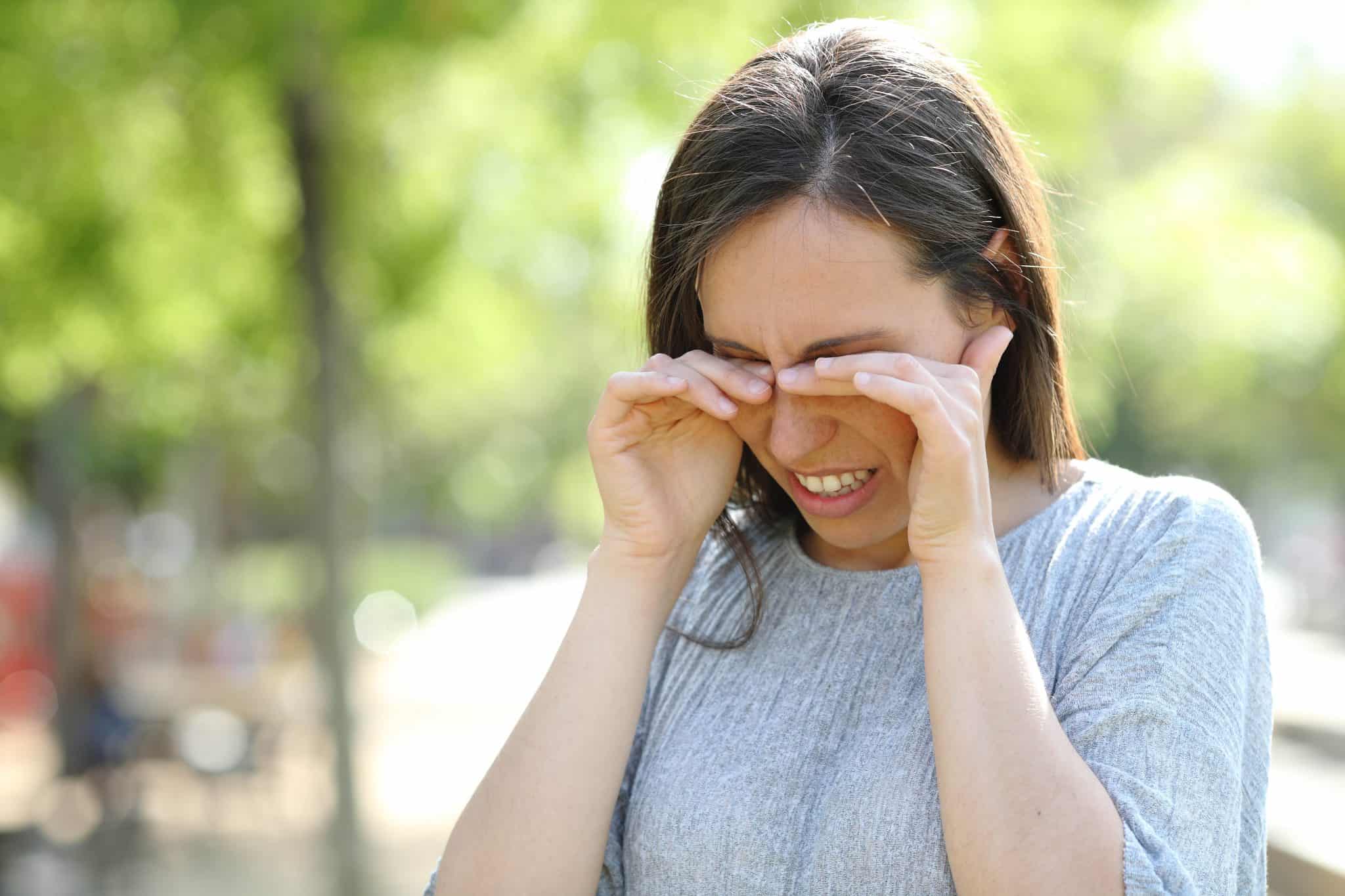
WHAT IS DRY EYE?
As a specialty of Eye Associates of South Texas, our providers get questions about dry eye a lot. Normally, our eyes constantly make tears to stay moist. If our eyes are irritated, or we cry, our eyes make a lot of tears. But, sometimes the eyes don’t make enough tears or something affects one or more layers of the tear film. In those cases, we end up with dry eyes. Here are some of the symptoms:
- You feel like your eyes are stinging and burning.
- Blurred vision, especially when reading
- There is a scratchy or gritty feeling like something is in your eye.
- There are strings of mucus in or around your eyes.
- Your eyes are red or irritated. This is especially true when you are in the wind or near cigarette smoke.
- It is painful to wear contact lenses.
- You have lots of tears in your eyes.
Having a lot of tears in your eyes with dry eye might sound odd. But your eyes make more tears when they are irritated by dry eye. Click here to read full article: https://www.aao.org/eye-health/diseases/what-is-dry-eye

 Previous Post
Previous Post Next Post
Next Post


